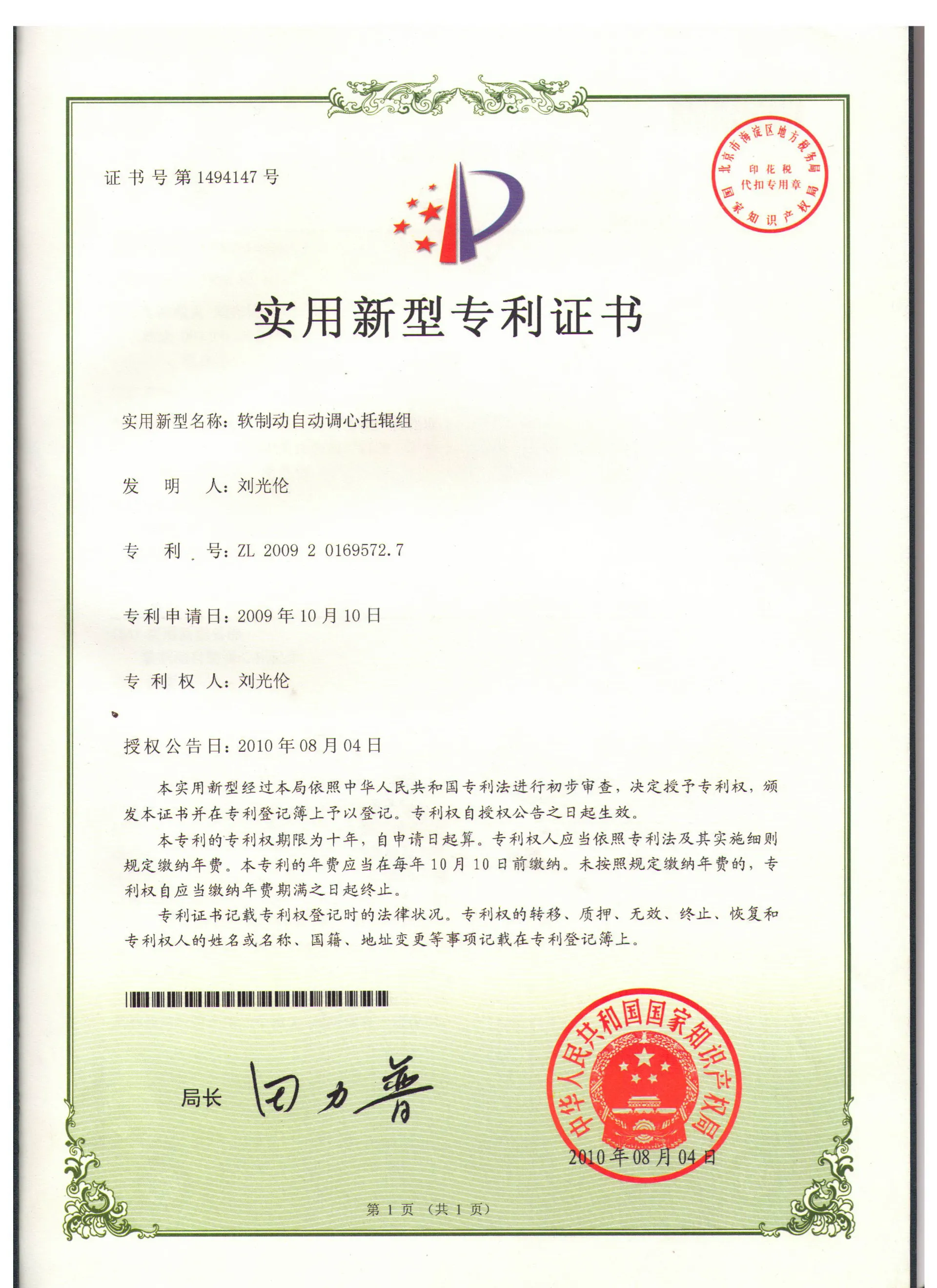 Afrikaans
Afrikaans  Albanian
Albanian  Amharic
Amharic  Arabic
Arabic  Armenian
Armenian  Azerbaijani
Azerbaijani  Basque
Basque  Belarusian
Belarusian  Bengali
Bengali  Bosnian
Bosnian  Bulgarian
Bulgarian  Catalan
Catalan  Cebuano
Cebuano  Corsican
Corsican  Croatian
Croatian  Czech
Czech  Danish
Danish  Dutch
Dutch  English
English  Esperanto
Esperanto  Estonian
Estonian  Finnish
Finnish  French
French  Frisian
Frisian  Galician
Galician  Georgian
Georgian  German
German  Greek
Greek  Gujarati
Gujarati  Haitian Creole
Haitian Creole  hausa
hausa  hawaiian
hawaiian  Hebrew
Hebrew  Hindi
Hindi  Miao
Miao  Hungarian
Hungarian  Icelandic
Icelandic  igbo
igbo  Indonesian
Indonesian  irish
irish  Italian
Italian  Japanese
Japanese  Javanese
Javanese  Kannada
Kannada  kazakh
kazakh  Khmer
Khmer  Rwandese
Rwandese  Korean
Korean  Kurdish
Kurdish  Kyrgyz
Kyrgyz  Lao
Lao  Latin
Latin  Latvian
Latvian  Lithuanian
Lithuanian  Luxembourgish
Luxembourgish  Macedonian
Macedonian  Malgashi
Malgashi  Malay
Malay  Malayalam
Malayalam  Maltese
Maltese  Maori
Maori  Marathi
Marathi  Mongolian
Mongolian  Myanmar
Myanmar  Nepali
Nepali  Norwegian
Norwegian  Norwegian
Norwegian  Occitan
Occitan  Pashto
Pashto  Persian
Persian  Polish
Polish  Portuguese
Portuguese  Punjabi
Punjabi  Romanian
Romanian  Russian
Russian  Samoan
Samoan  Scottish Gaelic
Scottish Gaelic  Serbian
Serbian  Sesotho
Sesotho  Shona
Shona  Sindhi
Sindhi  Sinhala
Sinhala  Slovak
Slovak  Slovenian
Slovenian  Somali
Somali  Spanish
Spanish  Sundanese
Sundanese  Swahili
Swahili  Swedish
Swedish  Tagalog
Tagalog  Tajik
Tajik  Tamil
Tamil  Tatar
Tatar  Telugu
Telugu  Thai
Thai  Turkish
Turkish  Turkmen
Turkmen  Ukrainian
Ukrainian  Urdu
Urdu  Uighur
Uighur  Uzbek
Uzbek  Vietnamese
Vietnamese  Welsh
Welsh  Bantu
Bantu  Yiddish
Yiddish  Yoruba
Yoruba  Zulu
Zulu feeder idler
Understanding Feeder Idlers in Material Handling Systems
Feeder idlers play a crucial role in conveyor systems, particularly in the mining, aggregates, and bulk material handling industries. Their primary function is to support and guide the conveyor belt while ensuring the smooth and efficient transportation of materials like coal, ore, and other bulk substances. In this article, we will delve into the components, types, and significance of feeder idlers in enhancing operational efficiency.
Components of Feeder Idlers
Feeder idlers are comprised of several key components, including the roller, frame, and bearings. The roller is typically made from high-strength materials to withstand the harsh conditions often encountered in industrial settings. The frame supports the roller and provides stability and alignment, ensuring that the conveyor belt operates correctly. The bearing facilitates smooth rotation of the roller, minimizing friction and wear over time. Together, these components create a robust system designed to handle significant loads while maintaining operational efficiency.
Types of Feeder Idlers
There are various types of feeder idlers, each tailored for specific applications and conditions
. The most common types include1. Flat Idlers Designed for standard applications, flat idlers provide a stable surface for the conveyor belt, ensuring effective material transfer. 2. Trough Idlers These are designed with a concave shape that forms a trough, allowing them to carry loose materials more effectively. Trough idlers reduce spillage and improve load-carrying capacity.
feeder idler

3. Impact Idlers Placed at loading zones, impact idlers are designed to absorb shock and reduce wear on the conveyor belt when materials are loaded onto it.
4. Return Idlers Situated on the return side of the conveyor, these idlers support the belt as it returns to the loading point, maintaining proper tension and alignment.
Importance of Feeder Idlers
The significance of feeder idlers in a conveyor system cannot be overstated. They help in reducing operational costs by minimizing wear and tear on the belt and associated components. This reduction in downtime for maintenance contributes to increased productivity, allowing companies to optimize their output. Furthermore, the proper selection and installation of feeder idlers lead to enhanced safety, as they decrease the likelihood of belt misalignment and spillage, which can pose hazards in the workplace.
In addition, technological advancements have led to innovations in feeder idler designs, incorporating features such as self-aligning mechanisms and improved materials that resist degradation from harsh environmental conditions. This evolution ensures that feeder idlers remain energy-efficient and capable of handling evolving industry demands.
Conclusion
In conclusion, feeder idlers are essential components in material handling systems that enhance the overall efficiency and safety of conveyor operations. By understanding their types, functions, and importance, operators can make informed decisions that lead to better performance and reliability in their systems. Investing in high-quality feeder idlers not only optimizes material handling processes but also plays a crucial role in the long-term success of industrial operations. As industries continue to evolve, the role of feeder idlers will undoubtedly remain pivotal in meeting the challenges of modern material handling.
-
Revolutionizing Conveyor Reliability with Advanced Rubber Lagging PulleysNewsJul.22,2025
-
Powering Precision and Durability with Expert Manufacturers of Conveyor ComponentsNewsJul.22,2025
-
Optimizing Conveyor Systems with Advanced Conveyor AccessoriesNewsJul.22,2025
-
Maximize Conveyor Efficiency with Quality Conveyor Idler PulleysNewsJul.22,2025
-
Future-Proof Your Conveyor System with High-Performance Polyurethane RollerNewsJul.22,2025
-
Driving Efficiency Forward with Quality Idlers and RollersNewsJul.22,2025





























